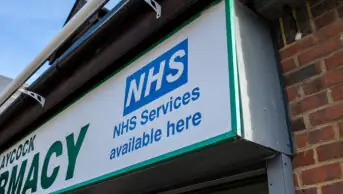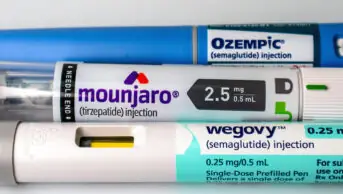
Shutterstock.com
In October, twelve NHS clinical commissioning groups (CCGs) across northeast England and Cumbria agreed a policy to offer patients in the region with wet (neovascular) age-related macular degeneration (AMD) the choice of ‘off-label’ use of bevacizumab (Avastin) as preferred treatment, with potential savings of up to £13.5m over the next five years.
Roche, which markets bevacizumab for treatment of various cancers, has never sought a licence for intravitreal use of the drug. However, bevacizumab is used off-label around the world, including in parts of Europe and in the USA, because it is far cheaper than the licensed drugs for this indication. It has been estimated that in the UK an injection of bevacizumab costs £12.13, compared with £742 for ranibizumab (Lucentis) and £816 for aflibercept (Eylea), the licensed drugs approved by NICE for use in the NHS.
Bevacizumab costs a fraction of ranibizumab. But what about clinical safety and effectiveness? In 2012, the IVAN trial, funded by the NHS, suggested that bevacizumab was neither non-inferior nor inferior to ranibizumab. Similarly, discontinuous treatment was neither non-inferior nor inferior to continuous treatment. Although the two-year IVAN results were inconclusive, the meta-analysis of pooled IVAN and CATT trial data suggested similar efficacy of bevacizumab and ranibizumab. Whether there are systemic safety concerns is unclear, but infection is a risk whenever a drug is injected into the eye. Novartis, which markets Lucentis in Europe, argues that the risk is greater with bevacizumab, because the drug is marketed in quantities that are much too large for injection. Special compounding pharmacies have to split it into small doses, and this process increases the infection risk.
There is currently no national guidance on how bevacizumab should be prepared for use in the eye, the dosing that should be used and how it should be stored. Patients’ safety is therefore at risk. In 2010, both the Macular Disease Society and the Royal College of Ophthalmologists urged the Department of Health to refer bevacizumab to NICE for appraisal, but it has not done so. General Medical Council guidance states that an unlicensed off-label treatment should only be used if doing so would better serve a patient’s needs than using an appropriately licensed alternative, thus preventing the routine use of bevacizumab for wet AMD.
Previous attempts by a primary care group in Southampton, Hampshire, the Isle of Wight and Portsmouth to use bevacizumab in an eye service ended up heading towards judicial review brought by Novartis in 2012. But the group reached a confidential agreement to lower the price for ranibizumab before the case reached court.
The search for a cheaper, better, and safer treatment continues, but patient safety should never be compromised. It is imperative that the decision on what treatment is most beneficial is made by the patient in conjunction with their clinician. There is an urgent political need to address patient safety around the use of unlicensed and off-label drugs.


